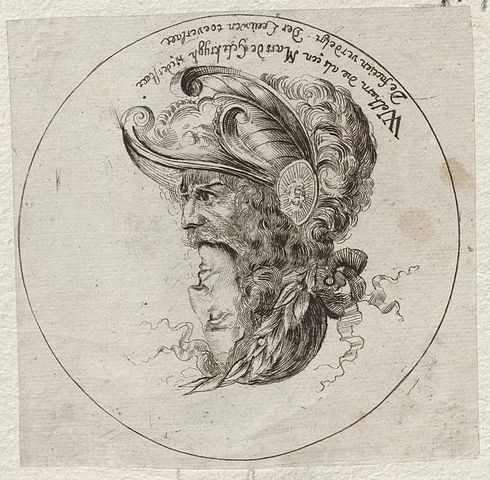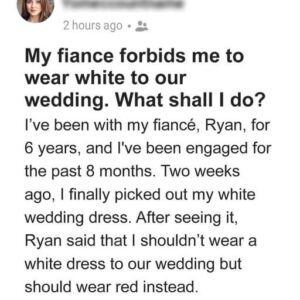Photo Credit: Wikimedia
The trick lies in the way the two faces are constructed: the young woman’s chin serves as the older woman’s nose, while the older woman’s chin doubles as the young woman’s chest. This dual imagery makes the illusion both intriguing and perplexing. But why do some people see one woman while others see the other?
A study conducted in 2018 by two Australian psychology professors might shed some light on this visual mystery. According to their research, the answer has a lot to do with your age. The study revealed that younger participants were more likely to see the young woman first, while older participants tended to spot the older woman immediately.

Photo Credit: Wikimedia
The study, which involved 393 participants ranging from 18 to 68 years old, showed the optical illusion for just half a second and then asked participants to identify the age and gender of the person they saw. The results were telling: while many participants, especially the younger ones, saw the younger woman first, the older group overwhelmingly recognized the older woman.
To dive deeper into this, the researchers separated the youngest and oldest 10% of participants. They found that the older group consistently saw the older woman, while the younger group saw the young woman. This finding suggested that “own-age biases” influence our perception of images, even on a subconscious level.





